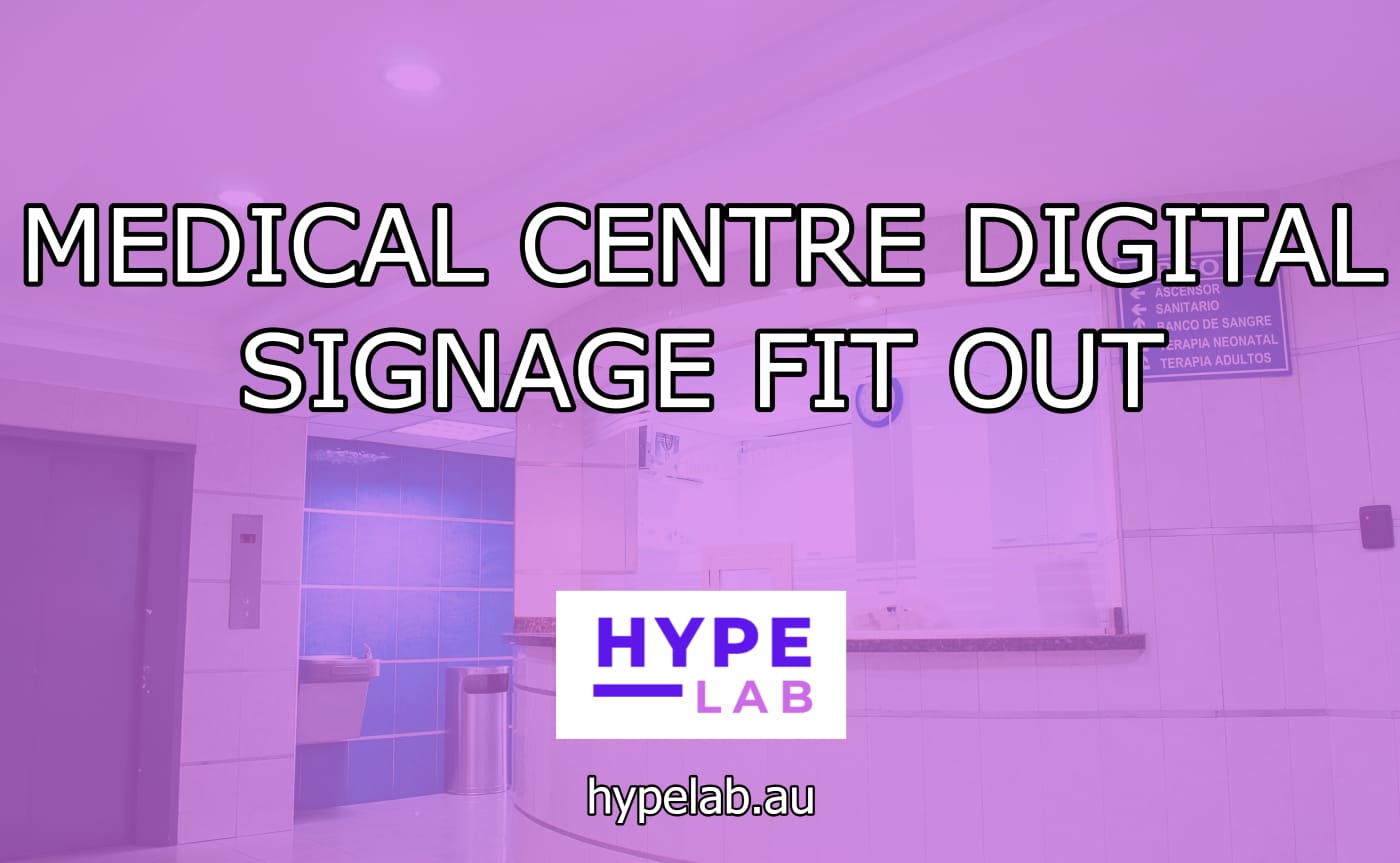
The implementation of medical centre digital signage has emerged as a transformative solution, bridging the gap between information dissemination and patient engagement. Digital signage fit-outs not only provide a modern aesthetic to healthcare facilities but also serve as dynamic platforms for conveying essential information, such as appointment reminders, health tips, and facility updates. By integrating advanced technology, these digital displays offer real-time content management, ensuring that patients and visitors receive accurate and timely information. Moreover, the flexibility of medical centre digital signage to tailor messages to specific audiences, further enhances communication strategies. As healthcare professionals strive to create an inviting and informative environment, the significance of a well-planned digital signage fit out cannot be overstated. This article delves into the critical elements of designing and implementing digital signage within medical centres, exploring the potential benefits, challenges, and best practices to ensure a successful integration that ultimately improves patient outcomes and operational workflow.
Here are a few examples of medical centres and healthcare centres using digital signage:
Digital Signage – Fullerton Medical Centre Broadway Medical Board
Digital Signage – Advance Medical Practice Doctor Medical Board
Digital Signage – Liverpool Hospital Cancer Services Outpatient Clinics Digital Artwork
Digital Signage – Bankstown Hospital Welcome Boards
For more information about digital signage solutions click here: Digital Signage Solutions
Enhance patient experience through digital signage
Digital signage in healthcare settings plays a pivotal role in improving patient experience by providing timely information in an engaging and visually appealing manner. With the ability to display real-time updates, such as wait times, appointment reminders, and health tips, these systems keep patients informed and reduce anxiety associated with waiting. Enhancing communication in this way not only fosters a sense of transparency but also empowers patients with knowledge about their care and the services available to them.
Moreover, the integration of interactive elements within digital signage can further enhance patient engagement. Touchscreen displays can allow patients to access medical resources, explore services, or even fill out forms while waiting. This not only streamlines administrative processes but also allows for a more personalised experience, catering to the specific needs and interests of patients. By leveraging modern technology, healthcare facilities can transform the patient journey, making it more efficient, informative, and ultimately, more satisfying.
Streamline information delivery within medical facilities
Efficient information delivery within healthcare environments is essential for optimising patient flow and enhancing overall operational effectiveness. By utilising advanced digital signage solutions, facilities can ensure that critical information reaches patients and staff promptly, minimising confusion and improving care coordination. Real-time updates related to departmental schedules, safety protocols, and service availability can be effectively communicated, ensuring that everyone is informed and aligned with the facility’s operational goals.
Furthermore, the strategic placement of digital displays throughout the facility can guide patients seamlessly through their visit. Clear navigation cues and instructional content can reduce bottlenecks, enhance the check-in process, and ultimately lead to a more streamlined experience. By adopting a comprehensive approach to information dissemination, healthcare providers can create an environment that prioritises patient comfort and satisfaction while simultaneously optimising staff workflows and resource utilisation.
Engage patients with dynamic visual content
Utilising dynamic visual content can significantly enhance patient engagement by providing visually appealing and easily digestible information. Interactive displays can be tailored to convey a range of messages, from health education materials to wellness tips, effectively capturing patients’ attention and encouraging them to participate in their own care journey. By incorporating vibrant graphics, videos, and animations, healthcare facilities can transform the waiting experience into an opportunity for learning and awareness, empowering patients with knowledge about their health and available services.
Moreover, personalised content can be delivered based on the demographics or interests of patients present in the facility. This targeted approach not only fosters a more meaningful connection between patients and their healthcare providers but also promotes a sense of community and support. By engaging patients with relevant and informative visual content, healthcare facilities can enhance communication, reduce anxiety, and ultimately contribute to improved health outcomes and patient satisfaction.
Improve wayfinding using digital displays
Effective navigation within a healthcare facility is crucial to ensuring a positive patient experience and minimising stress during visits. Digital displays strategically placed throughout the premises can serve as powerful wayfinding tools, offering real-time directions to various departments, clinics, and amenities. These interactive kiosks can provide step-by-step navigation assistance, helping patients and visitors easily locate services while reducing the need for staff intervention. Additionally, integrating features such as language options and accessibility settings makes navigation more inclusive for diverse patient populations.
Incorporating dynamic maps and location-based services into digital signage creates a seamless and user-friendly environment, particularly in large medical centres where confusion may arise. Wayfinding displays can also be updated instantly, reflecting any changes in room assignments or temporary closures, which further enhances the efficiency of patient flow. By leveraging advanced technology in wayfinding, healthcare facilities can not only improve the overall visitor experience but also promote timely access to care, ultimately contributing to better health outcomes.
Update health announcements in real-time
The ability to relay health announcements in real-time significantly enhances communication within a medical facility, ensuring that patients and staff remain informed about important developments. Digital signage can be programmed to display critical updates, such as changes in visiting hours, emergency alerts, or health guidelines, allowing for immediate dissemination of information. This immediacy plays a vital role in crisis situations, where timely updates can impact patient safety and operational efficiency.
Additionally, leveraging real-time data feeds enables healthcare facilities to share information about wait times, appointment availability, and other relevant metrics. By integrating these functionalities, digital signage not only serves as a communication tool but also fosters a culture of transparency and trust, empowering patients and visitors with the knowledge they need to navigate their healthcare experience effectively. Enhanced engagement through visual and auditory announcements can also help reduce anxiety, allowing individuals to feel more connected and informed during their visits.
Promote services with eye-catching graphics
Utilising visually striking graphics is essential for effectively showcasing services within a healthcare environment. Bold colours, clean designs, and relevant imagery can capture the attention of patients and visitors, drawing them towards important information about available medical services and programs. Well-crafted visuals not only enhance the aesthetic appeal of the space but also ensure that key messages are communicated quickly and efficiently, catering to the often limited attention spans of busy hospital environments.
Moreover, strategically placed graphics can reinforce brand identity and promote patient engagement by highlighting unique offerings, such as specialised treatments or community health initiatives. By combining compelling visuals with clear messaging, healthcare providers can create a memorable experience that resonates with patients, ultimately encouraging them to take advantage of the services offered. This not only improves patient awareness but also fosters a positive perception of the facility, contributing to an overall enhanced patient journey.
Foster better communication with patients
Effective communication within a healthcare setting is paramount, as it directly influences patient satisfaction and outcomes. By leveraging digital signage, medical centres can provide timely updates, educational material, and essential information in an easily accessible format. This dynamic approach allows for real-time communication, ensuring patients are informed about wait times, service offerings, and health tips, thus fostering a sense of transparency and trust.
Furthermore, tailored messages can be displayed to cater to specific patient demographics, enhancing overall comprehension and engagement. By integrating multilingual options and visual aids, healthcare facilities can accommodate diverse patient populations, ensuring that everyone receives crucial information in a manner that is both understandable and relatable. This commitment to clear communication not only enhances the patient experience but also promotes a culture of care and respect within the healthcare environment.
Showcase educational materials effectively
Utilising digital signage to present educational materials can significantly enhance patient understanding of health-related topics. Well-designed displays can break down complex information into digestible formats, using infographics, videos, and animations to convey critical health messages. This visual approach caters to various learning styles and can reinforce key information, making it easier for patients to remember important health tips or procedural instructions.
Moreover, strategically placed digital signage in high-traffic areas, such as waiting rooms or hallways, ensures that educational content is consistently visible to patients and their families. This accessibility encourages ongoing learning and empowers individuals to take an active role in managing their health. By transforming passive waiting time into an opportunity for education, medical centres can foster a more informed patient community, ultimately leading to improved health outcomes and increased patient engagement in their care journey.
Customise content for specific audiences
Tailoring content to resonate with distinct demographics is essential in maximising the effectiveness of digital signage in healthcare settings. By analysing the characteristics of different patient groups, such as age, language, and health literacy levels, medical facilities can curate messages that are relevant and engaging. For instance, younger patients might respond better to dynamic visuals and interactive elements, while older patients may prefer straightforward text and clear imagery. Additionally, incorporating multilingual content can help bridge communication barriers, ensuring that non-native speakers receive vital health information in a language they understand.
Creating targeted campaigns not only enhances patient engagement but also fosters a sense of community within the practice. For example, signage can be customised to highlight specific services or events that cater to particular groups, such as maternal health workshops for expectant parents or nutritional seminars for seniors. This personalised approach not only makes patients feel valued but also encourages them to participate in health programs that are pertinent to their needs, ultimately promoting a proactive attitude towards their well-being.
Increase the visibility of important notices
Ensuring that important notices are easily visible and accessible is crucial in promoting patient safety and enhancing communication within healthcare environments. By strategically placing digital signage in high-traffic areas, medical facilities can effectively capture the attention of patients and visitors, ensuring they receive timely information about critical updates, emergency procedures, and health advisories. The use of bold visuals, clear fonts, and concise messaging can significantly improve comprehension, minimising the risk of miscommunication during urgent situations.
Moreover, integrating real-time updates into these displays allows for immediate dissemination of crucial information, such as changes in visiting hours or the availability of services. This proactive approach not only keeps patients informed but also builds trust in the healthcare system, as individuals feel more empowered and engaged when they are well-informed about their care environment. By emphasizing the visibility of important notices, medical centres can create a more informed patient population, ultimately contributing to improved health outcomes and satisfaction.
In conclusion, the implementation of digital signage in medical centres represents a significant advancement in patient communication and operational efficiency. By integrating modern technology into their environments, healthcare facilities can enhance patient experience, streamline information dissemination, and create a more engaging atmosphere. As the healthcare landscape continues to evolve, embracing digital signage not only meets the increasing demands for real-time information but also positions medical centres as forward-thinking institutions dedicated to improving patient care. Investing in a well-planned digital signage fit-out ultimately contributes to better service delivery, informed patients, and a more cohesive healthcare experience.
FAQ
Sure! Here are five questions related to the topic of medical centre digital signage fit-out:
- What types of content can be displayed on digital signage in medical centres?
- How can digital signage improve patient communication and experience?
- What are the key considerations for selecting digital signage hardware and software?
- How can medical centres ensure compliance with health regulations using digital signage?
- What are the benefits of integrating digital signage with appointment and queue management systems?
What are the key benefits of implementing digital signage in a medical centre, and how can it enhance patient experience?
Implementing digital signage in a medical centre offers numerous benefits, including improved communication, enhanced patient engagement, and streamlined information dissemination. It can display real-time updates on wait times, appointment reminders, and health tips, reducing patient anxiety. Additionally, digital signage can showcase services, promote health initiatives, and provide wayfinding assistance, making navigation easier. By creating an informative and visually appealing environment, digital signage enhances the overall patient experience, fosters a sense of community, and encourages healthier behaviours among patients and visitors.
What factors should be considered when selecting the location and size of digital signage displays within a medical centre?
When selecting the location and size of digital signage displays in a medical centre, consider visibility, foot traffic patterns, and audience demographics. Ensure displays are placed where they can be easily seen by patients and visitors, such as waiting areas and entrances. Assess the appropriate size based on viewing distance and surrounding environment to maximise readability. Additionally, factor in the integration with existing infrastructure, electrical access, and the ability to update content easily. Compliance with health regulations and aesthetics to maintain a calming atmosphere are also important.
How can digital signage be effectively integrated with existing healthcare technologies and systems, such as appointment scheduling and patient management systems?
Digital signage can be effectively integrated with existing healthcare technologies by utilising APIs to connect with appointment scheduling and patient management systems. This allows real-time updates on wait times, appointment statuses, and important announcements to be displayed. Using a centralised content management system ensures that information is consistent across all platforms. Furthermore, integrating patient data can personalize messaging, improving patient engagement and satisfaction. Additionally, training staff to utilize the signage effectively will enhance its impact on the healthcare environment.
What content strategies should be employed to ensure that digital signage in a medical centre is informative, engaging, and compliant with healthcare regulations?
To ensure digital signage in a medical centre is informative, engaging, and compliant, employ these strategies:
- Clear Messaging: Use simple, jargon-free language to communicate essential information.
- Visual Appeal: Incorporate high-quality images and videos to capture attention.
- Regular Updates: Keep content fresh with timely health tips, news, and events.
- Patient Education: Provide educational resources on health topics relevant to patients.
- Compliance Checks: Regularly review content for adherence to HIPAA and other regulations.
- Feedback Mechanism: Allow patient input to improve content relevance and engagement.
What are the best practices for maintaining and updating digital signage content in a medical centre to ensure that information remains current and relevant?
To maintain and update digital signage content in a medical centre effectively, establish a regular review schedule to refresh information at least monthly. Collaborate with healthcare staff to ensure accuracy and relevance. Utilise a centralised content management system for efficient updates and schedule announcements for timely information. Incorporate patient feedback to understand their needs better. Ensure compliance with regulations regarding health information. Train staff on content creation and management. Lastly, use eye-catching visuals and clear messaging to enhance engagement and comprehension among patients and visitors.


 Previous Post
Previous Post Next Post
Next Post